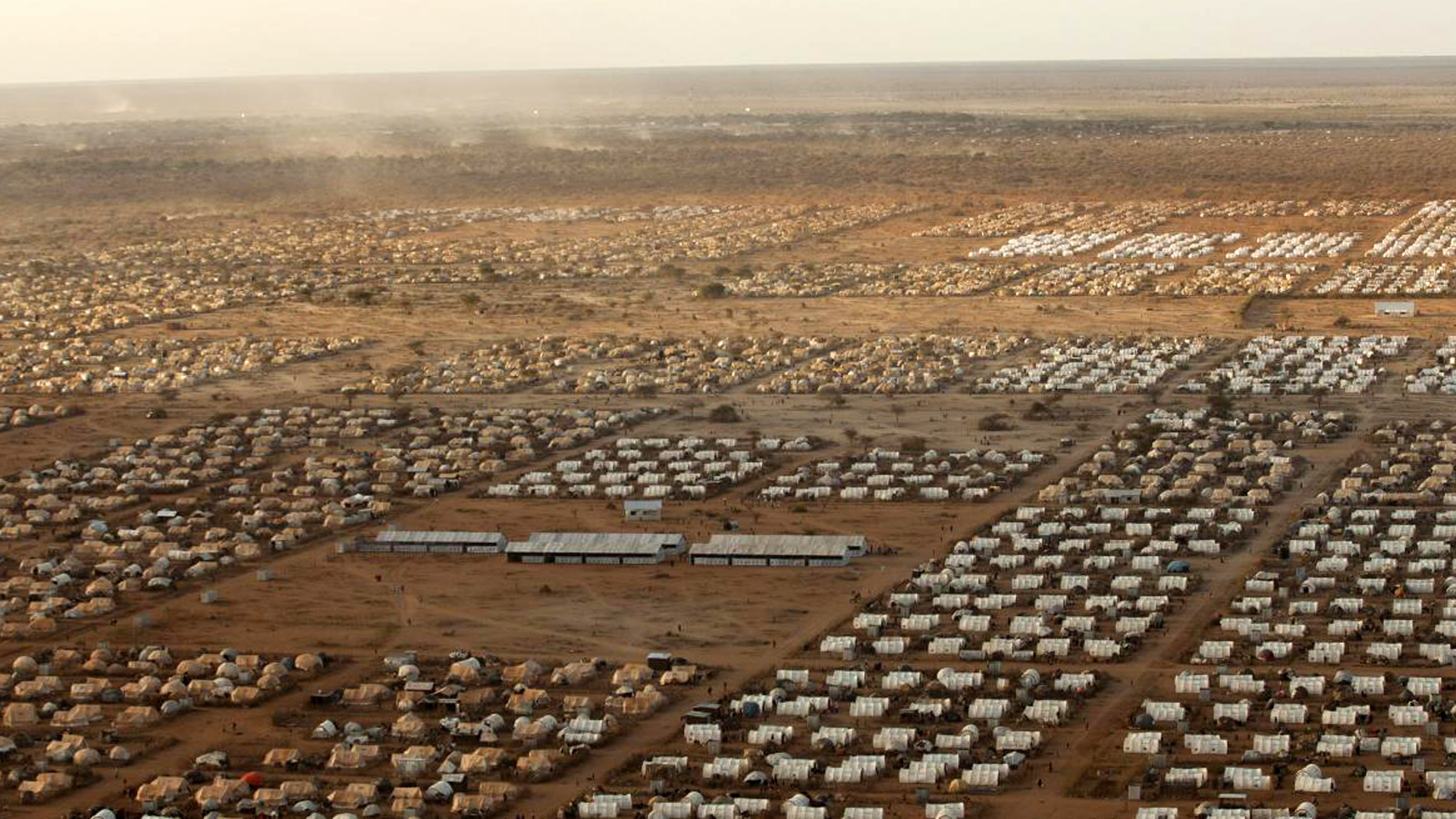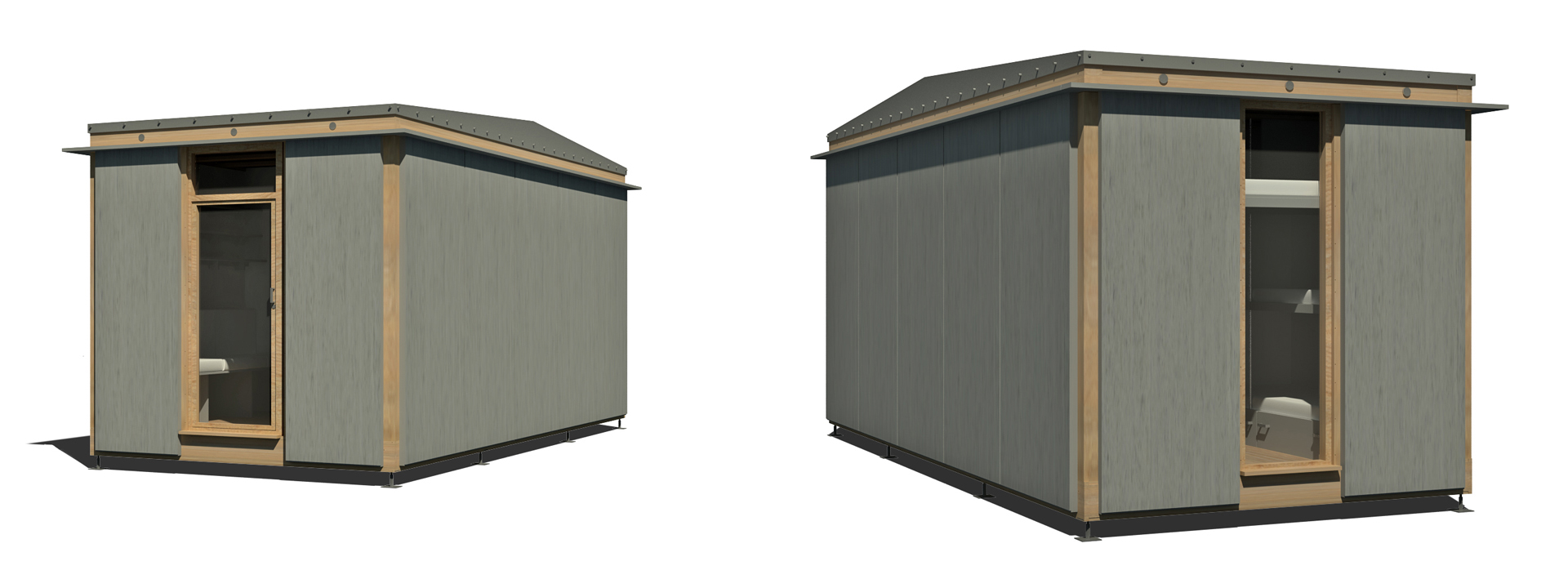Problems that recur in emergency camps
Generally when situations of humanitarian catastrophe occur, local and international authorities are forced to act with great urgency, since the lives of many affected people depend on the speed of response. One of the problems that emerge after the most dramatic moments are the daily living conditions of the victims of the catastrophe. Tents are always set up whose objective is to solve the situation of the first moments and then give a more dignified solution to the people affected. The problem is that many times a situation that is supposed to be temporary continues for years, living a huge amount of people in very precarious conditions.

In addition to the accommodation units, when the situation is prolonged, other infrastructures such as schools, field hospital, dining rooms, health services must be incorporated … To all this we must add in many cases the access difficulties to get the necessary materials to be able to mount and put into operation all these vital infrastructures on a personal and social level.

Could Ubuild bring some improvement or solution to these mentioned problems?
The members of the research project, seeing the characteristics of the Ubuild construction system, have thought that these constructions could provide a very satisfactory solution to the problems described above. Why have they reached this conclusion?
A Ubuild construction is assembled quickly, without the need for specialized personnel (even people affected from the place could collaborate in the assembly). No special tools or heavy machinery are needed for assembly, with any screwdriver and hammer any construction is mounted regardless of its size. It is important how to make the self-construction compatible with a good constructive quality and materials, if necessary.

The construction is built on the ground creating an air chamber that protects from moisture and soil temperature. It also has some insulation and thermal regulation systems, all of them manual, that offer a very remarkable interior comfort in a natural way, without depending on the technology. This is a great improvement in the quality of life of the people who occupy these emergency modules.

These Ubuild constructions admit specific modifications that allow adapting on the fly to different situations or changing needs. Thinking about educational or sanitary infrastructures, a Ubuild construction can be expanded or reduced quickly and safely, without discarding any material, maintaining the constructive quality of the building. It has the ability to introduce any type of installation, as a whole series of passageways in floors, walls and ceiling are reserved.

medical center example

school example
The fact that a Ubuild construction is mounted piece by piece like a meccano, greatly facilitates the transport of components and assembly. It could even be done on hard-to-reach terrain as has happened in some mountainous areas.
The ease of assembly and disassembly helps the management of all materials, by the authorities and collaborating agencies (think that we are talking about solid constructions and with a good constructive quality and comfort). It offers easy mobility and the possibility of compact storage in small spaces to move them quickly when the need arises.
The raw material of Ubuild constructions is wood, an ecological and sustainable material. Thermal regulation systems that maintain the interior comfort of buildings do not require energy input, so energy efficiency and sustainability is very high. The creation of waste and debris during assembly is zero, the environmental impact is minimal due to the respectful way in which a Ubuild construction sits on the ground.

Let’s make an emergency module with Ubuild and study their behavior scientifically!
The research team of the University of A Coruña led by Juan Pérez Valcarcel, after studying and taking into account all the characteristics described above, raised to Ubuild the desire to design and manufacture with the construction system, an emergency module designed for six people. The objective will be, among other things, to study with real measurements both the humidity and temperature inside and outside the module at all times of the year and quantify the effectiveness of the thermal regulation systems that Ubuild has. Check the durability of the construction, and optimize the components and materials both structurally and economically, study logistic management, and some other parameters to be defined.
The members of Ubuild are delighted and honored to be able to collaborate with the University of A Coruña, in a research project with such a noble objective, that it could help improve the living conditions of many people. Projects like this give meaning to words such as effort, collaboration, research, study, solidarity, university, science, technology, progress, planning, society, future …

The final objective, if the studies and measurements corroborate the expectations that are had, would be to be able to present the Emergency Module studied to humanitarian organizations such as UNHCR or the Red Cross, or to local administrations that need urgent housing solutions due to floods or earthquakes such as municipalities or councils. In addition, extrapolating the results, the use of the Ubuild construction system for the construction of schools, field hospitals, canteens, etc. could be considered.
We will continue to be informed about the development of this research project.
